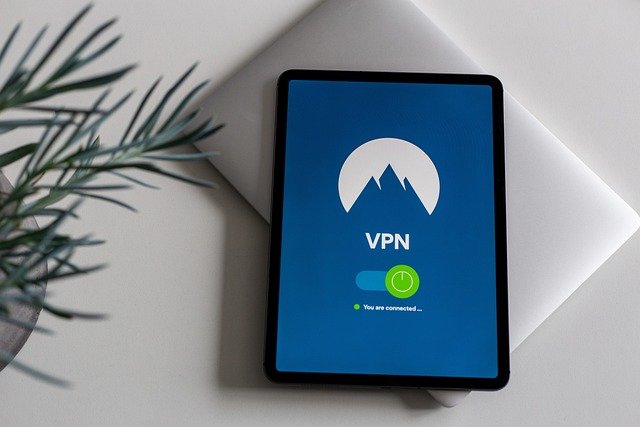Connecting Smart Devices: Privacy and Compatibility Checklist
Connecting multiple smart devices creates convenience but also complexity. This checklist outlines core steps to verify compatibility, protect privacy, maintain battery and software, and manage warranties and recycling—helping you build a reliable, secure smart-device setup that fits your daily routines and local services.

Connecting Smart Devices: Privacy and Compatibility Checklist
When you add smart devices to a home or workspace, planning reduces friction and risk. This checklist focuses on practical checks—privacy settings, compatibility, networking, security, maintenance, and end-of-life considerations—so your connected environment stays functional, safe, and easy to manage.
How can you protect privacy on smart devices?
Start by reviewing default privacy settings on each device and its companion app. Limit data sharing to essential features, disable unnecessary voice assistants or sensors, and avoid linking social accounts unless required. Use unique, strong passwords or a password manager for device accounts and enable multi-factor authentication where available. Check app permissions regularly—deny location, microphone, or camera access unless a feature explicitly needs them. Keep a simple inventory of devices and accounts so you can audit data flows and revoke access when a device is retired or sold.
How do you check device compatibility before buying?
Confirm platform and protocol compatibility: does the device support common standards like Wi‑Fi (2.4 GHz vs 5 GHz), Bluetooth, Zigbee, Z‑Wave, or Matter? Verify whether it integrates with your existing ecosystems (voice assistants, hubs, or smart home platforms). Check required app support for your phone’s operating system and look at display or input compatibility for devices like smart displays or streaming boxes. Review manufacturer documentation and community forums for real-world integration notes—this often reveals limitations not obvious in marketing materials.
What networking steps ensure reliable connections?
Segment smart devices on a dedicated network or guest SSID when possible to improve performance and security. Ensure your router firmware is up to date and that Wi‑Fi coverage reaches each device; consider mesh systems for larger spaces. Use wired Ethernet for stationary, high-bandwidth devices (smart TVs, hubs) to reduce Wi‑Fi congestion. Monitor network traffic for unexpected spikes or unknown devices and set reasonable DHCP leases and static IPs for critical devices to avoid conflicts. Regularly reboot network hardware as a simple troubleshooting step.
How can you secure smart devices against threats?
Change default admin credentials on hubs and routers immediately. Enable automatic software updates, or at minimum check for updates regularly, to patch vulnerabilities. Disable unused services like UPnP or remote administration unless you need them and secure remote access with VPN or manufacturer-recommended secure methods. Limit open ports and use strong encryption for Wi‑Fi (WPA3 when supported). Keep an eye on device logs for abnormal behavior and isolate devices showing suspicious activity until you can investigate.
What maintenance and software update practices help?
Schedule routine checks for firmware, app, and operating system updates. Back up configurations for devices or platforms that support exports (security cameras, hubs). Test key automations after updates to confirm they still operate as expected. Replace batteries in battery-powered devices on a predictable cycle and keep spare batteries or replacement modules handy. Regular maintenance reduces unexpected downtime and helps preserve battery life and overall device ergonomics.
What should you consider for battery, warranty, and recycling?
Assess battery life and replacement options before purchase: can cells be user-replaced, or is the device sealed? For devices with sealed batteries, check manufacturer guidance for safe disposal or replacement services. Review warranty terms for coverage duration and what counts as user damage. Keep receipts and register devices when required to preserve warranty rights. For end-of-life, follow local recycling regulations—many electronics retailers and municipal programs accept small electronics and batteries. Proper recycling prevents data leakage and environmental harm.
Conclusion
A methodical approach to privacy, compatibility, networking, security, maintenance, and responsible disposal will make smart-device setups more reliable and safer. Regular audits, informed purchasing, and attention to software and battery care protect both your data and investment over the device lifecycle.





